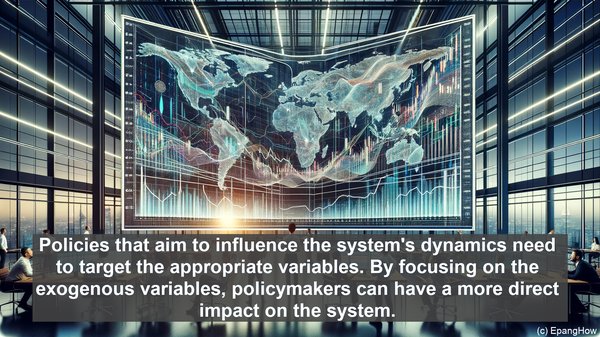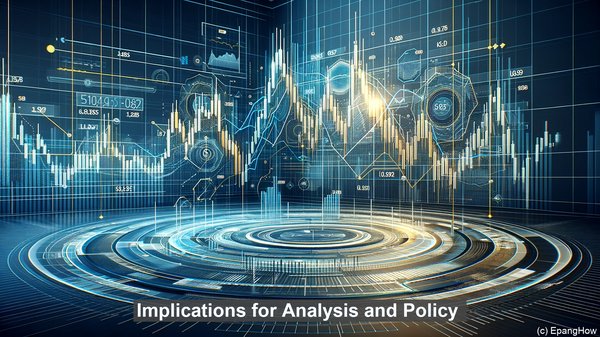Introduction: The Building Blocks of Economic Models
Hello, everyone! Welcome to our article on exogenous and endogenous variables in economic models. Before we delve into their differences, let’s understand the basics. Economic models are simplified representations of real-world systems. They help us analyze and predict economic phenomena. Variables, the core elements of these models, can be classified into two types: exogenous and endogenous.
Exogenous Variables: The External Factors
Exogenous variables are those that are determined outside the model. They are often considered as ‘given’ or ‘fixed’ in the short run. These variables can include government policies, technological advancements, or even natural disasters. The key characteristic of exogenous variables is that their values are not influenced by the model’s internal dynamics. In other words, they are not affected by other variables within the model.
Endogenous Variables: The Interdependent Factors
In contrast to exogenous variables, endogenous variables are determined within the model. They are the variables that respond to changes in other variables. For example, in a supply and demand model, the equilibrium price and quantity are endogenous variables. They are not fixed but adjust based on the interactions between supply and demand. Endogenous variables are often the focus of analysis as they represent the system’s internal dynamics.

The Causal Relationship: Exogenous vs Endogenous
One crucial aspect of the exogenous-endogenous distinction is the direction of causality. Exogenous variables are often considered as the ’cause’ or the ‘driver’ of changes in the system. They initiate the chain of events. On the other hand, endogenous variables are the ‘effect’ or the ‘outcome’ of these changes. They are the variables that are impacted by the exogenous variables and the interactions within the model.
Implications for Analysis and Policy
Understanding the difference between exogenous and endogenous variables is essential for various reasons. Firstly, it helps in model estimation and validation. By correctly identifying and specifying the exogenous and endogenous variables, we can ensure the model’s accuracy and reliability. Secondly, it has implications for policy analysis. Policies that aim to influence the system’s dynamics need to target the appropriate variables. By focusing on the exogenous variables, policymakers can have a more direct impact on the system.

